Home>Interior Design>Why Your Beautiful Bedroom Curtains Are Ruining Your Sleep – Say Experts
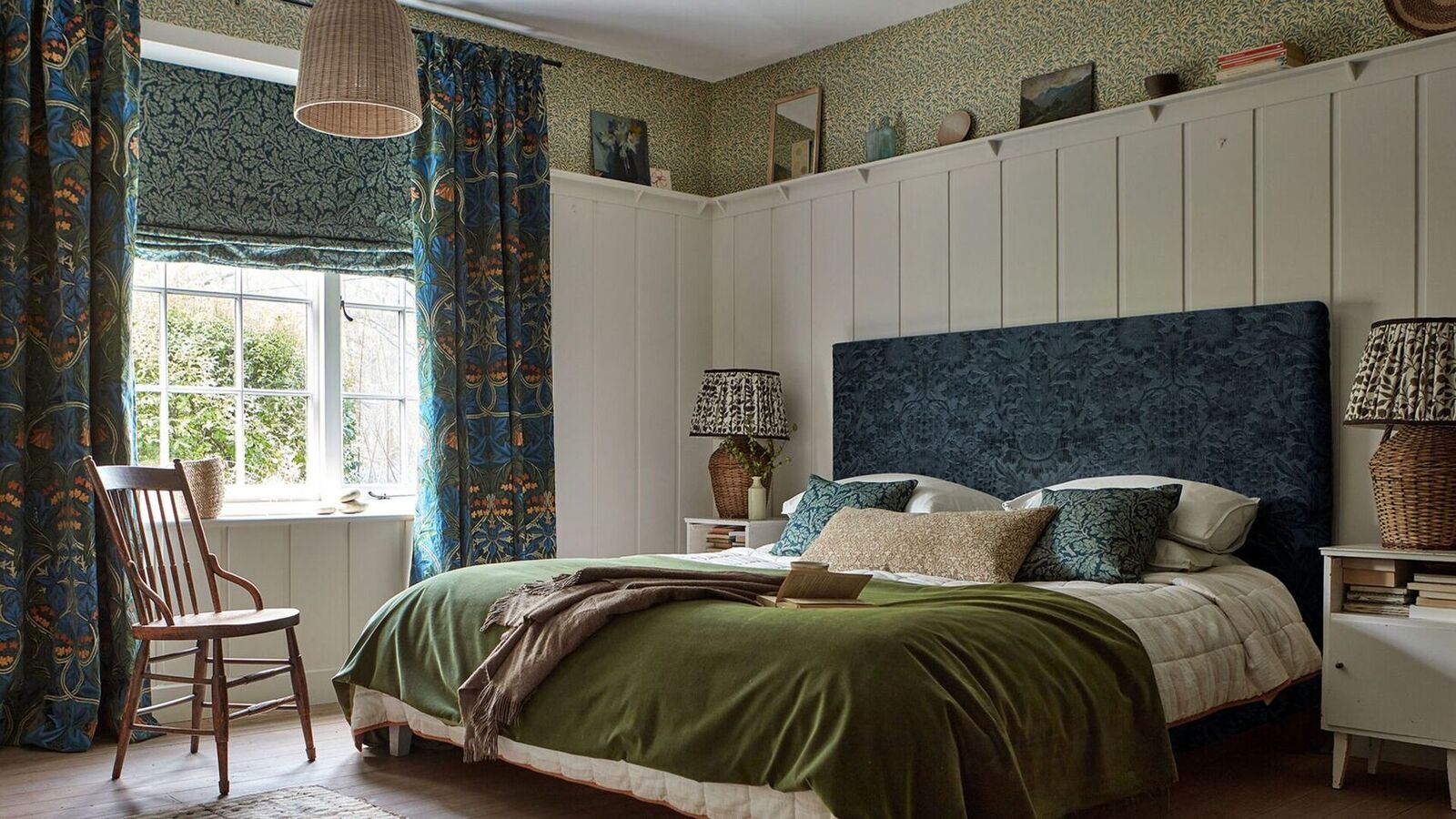

Interior Design
Why Your Beautiful Bedroom Curtains Are Ruining Your Sleep – Say Experts
Modified: August 28, 2024
Discover how your choice of beautiful bedroom curtains may be affecting your sleep. Experts in interior design weigh in on practical solutions to create a more restful and rejuvenating sleep environment.
(Many of the links in this article redirect to a specific reviewed product. Your purchase of these products through affiliate links helps to generate commission for Storables.com, at no extra cost. Learn more)
Introduction
Welcome to the world of interior design, where every element in a space plays a crucial role in creating the perfect ambiance. When it comes to bedrooms, one of the key elements that often gets overlooked is the curtains. While curtains may seem like a simple decorative accessory, they have a significant impact on the quality of sleep we get each night.
Experts in the field of sleep and interior design have come to realize that the choice of bedroom curtains can make or break the tranquility of your sleep environment. From light pollution to external noise, these factors can disrupt your sleep and affect your overall well-being.
In this article, we will delve into the various aspects of bedroom curtains and how they can either enhance or hinder your sleep quality. We will also provide expert tips on choosing the right curtains and maintaining them for optimum sleep and relaxation.
Key Takeaways:
- Choose blackout curtains made of heavy fabrics like velvet or thick cotton to block out light and reduce noise, creating a serene sleep environment.
- Maintain curtains by regular cleaning and proper installation to prolong their lifespan and ensure a comfortable and restful sleep environment.
The Impact of Bedroom Curtains on Sleep Quality
When we think about our sleep environment, we often focus on factors like mattress comfort and room temperature, but we rarely consider the role that curtains play. However, the type of curtains you have in your bedroom can greatly affect your sleep quality.
The most significant impact that bedroom curtains have on sleep quality is their ability to control the amount of light that enters the room. Exposure to excessive light, especially during nighttime, can disrupt your body’s natural sleep-wake cycle. This is because light suppresses the production of melatonin, a hormone that regulates sleep. When melatonin levels are low, it becomes difficult to fall asleep and stay asleep throughout the night.
Choosing curtains that effectively block out light can help create a dark and conducive sleep environment. Blackout curtains, for example, are made with a special lining that prevents light from seeping through the fabric. These curtains are particularly beneficial for those who live in urban areas with bright street lights or those who work night shifts and need to sleep during the day.
Additionally, the material and color of your bedroom curtains can also impact your sleep quality. Opting for thicker and heavier fabrics, such as velvet or thick cotton, can help in reducing outside noise and creating a sense of calm in your sleeping space. Lighter-colored curtains, on the other hand, can reflect natural daylight and create a brighter and uplifting atmosphere during the day.
Beyond light control, curtains can also have an impact on the overall atmosphere and mood of your bedroom. Choosing curtains that align with your personal style and create a soothing and relaxing environment can further enhance the quality of your sleep. Whether it’s luxurious silk curtains, bohemian-inspired patterns, or minimalist designs, finding curtains that resonate with your aesthetic preferences can contribute to a more restful slumber.
In the next section, we will dive deeper into the specifics of choosing the right bedroom curtains to optimize your sleep experience.
Light Pollution and Disrupted Sleep
Light pollution refers to the excessive artificial light that illuminates the night sky, often caused by street lights, buildings, and other sources of outdoor lighting. This type of light pollution can not only affect our environment but also impact our sleep quality.
Exposure to bright lights, particularly during the evening and nighttime hours, can interfere with our body’s circadian rhythm. The circadian rhythm is the internal clock that regulates our sleep-wake cycle, among other biological processes. When exposed to bright lights, especially those rich in blue light, our brain interprets it as daylight, suppressing the production of melatonin.
Melatonin is a hormone that helps promote sleep and regulate our sleep patterns. When its production is disrupted, it can lead to difficulty falling asleep, frequent awakenings during the night, and overall poor sleep quality.
To counter the effects of light pollution, it is essential to choose curtains for your bedroom that not only block out light but also minimize the penetration of artificial light. Look for curtains with a high opacity rating or those labeled as “blackout curtains.” These curtains are specifically designed to minimize light penetration, creating a dark and optimal sleep environment, even in areas with high light pollution.
It’s important to note that not all blackout curtains are created equal. Some curtains may have a higher degree of light blocking than others, so be sure to check the specifications before making a purchase. Additionally, consider the fit of the curtains and make sure they cover the entire window frame to prevent any light leakage.
By addressing light pollution and incorporating blackout curtains into your bedroom, you can create a sleep sanctuary that supports healthy sleep patterns and promotes optimal rest.
Choosing the Right Bedroom Curtains for Better Sleep
When it comes to selecting curtains for your bedroom, it’s important to consider various factors that can contribute to better sleep. Here are some key considerations to keep in mind:
Fabric:
Choosing the right fabric for your bedroom curtains can greatly impact your sleep quality. Opt for heavier fabrics like velvet or thick cotton, as they can help to block out external noise and create a more serene sleeping environment. These fabrics can also provide added insulation, helping to regulate the temperature in your bedroom and create a cozy feel.
Color:
The color of your bedroom curtains can have a psychological impact on your sleep environment. Lighter colors can make your room feel brighter and more airy during the daylight hours, while darker colors can contribute to a more calming and cocoon-like atmosphere during the night. Consider your personal preferences and the overall mood you want to create in your sleeping space when choosing curtain colors.
Opacity:
For optimal sleep, it’s crucial to choose curtains with a high opacity level. Look for curtains labeled as “blackout” or those with a high opacity rating. These curtains are specifically designed to block out external light sources, providing a dark and restful sleep environment. Avoid sheer or lightweight curtains, as they may not effectively block out light or provide sufficient privacy.
Size and Fit:
Ensure that your curtains are the right size and fit for your windows. Ill-fitting curtains may allow light leakage, compromising the darkness of your sleeping space. Measure your windows accurately and select curtains that fully cover the window area. Consider opting for curtains that are slightly longer and wider than the actual window frame to ensure maximum coverage.
Maintenance and Cleanliness:
Keep in mind the maintenance requirements of your chosen curtains. Some fabrics may require special care, such as dry cleaning or specific washing instructions. Additionally, regularly clean your curtains to prevent the accumulation of dust and allergens, which can impact the air quality in your bedroom and potentially affect your sleep health.
Remember, the goal is to create a sleep-friendly environment that promotes relaxation and restfulness. By carefully selecting the right fabric, color, opacity, size, and maintaining cleanliness, you can have the perfect curtains in your bedroom that contribute to a better sleep experience.
Read more: How To Fix E2 Error In A Washing Machine
The Importance of Fabric and Color
When it comes to choosing bedroom curtains, the fabric and color play a significant role in creating the desired ambiance and enhancing sleep quality. Let’s explore the importance of these factors:
Fabric:
The fabric of your bedroom curtains can affect not only the aesthetics but also the functionality of your sleep environment. Opt for fabrics that are conducive to a restful ambiance. Heavier fabrics like velvet or thick cotton have a luxurious and cozy feel and can help to muffle external noise, creating a more peaceful sleeping space. These fabrics also provide better insulation, helping to regulate temperature and make your bedroom more comfortable.
On the other hand, lightweight and sheer fabrics like chiffon or silk can create a breezy and ethereal atmosphere during the daytime. These fabrics allow natural daylight to filter through, illuminating your space and giving it an airy and uplifting feel. Consider utilizing sheer curtains in conjunction with blackout curtains, allowing you to adjust the level of light entering your bedroom throughout the day.
Color:
The color of your bedroom curtains can significantly influence the mood and ambiance of your sleep space. Warm and muted colors like earthy tones or soft pastels create a calming and soothing environment, promoting relaxation and tranquility. These colors can help reduce stress and anxiety, leading to better sleep quality.
Alternatively, if you prefer a more vibrant and energetic atmosphere, you can choose bolder and brighter curtain colors. Vibrant blues, greens, or yellows can add a pop of color to your bedroom, creating a lively and invigorating space during the day. Just be mindful that these colors may be too stimulating for some individuals and could potentially interfere with sleep.
It’s essential to strike a balance between personal preference and the desired sleep ambiance. If you opt for patterned curtains, ensure that the patterns are not overly busy or distracting, as this can also impact sleep quality.
Consider the overall color scheme of your bedroom when selecting curtains. Harmonizing the curtain color with your bedding, walls, and other decorative elements can create a cohesive and visually pleasing sleep environment.
Remember, the fabric and color of your bedroom curtains not only contribute to the aesthetics of your space but also have a profound impact on your sleep experience. Choose fabrics that promote comfort and insulation, and select colors that create a calming and harmonious atmosphere conducive to deep, restful sleep.
Blocking Out External Noise with Curtains
One often overlooked aspect of bedroom curtains is their ability to block out external noise, which can greatly impact your sleep quality. If you live in a noisy neighborhood or near a busy street, having curtains that effectively reduce sound infiltration can make a world of difference in creating a peaceful and serene sleep environment.
When it comes to noise reduction, the thickness and density of the fabric play a crucial role. Opt for curtains made from heavier fabrics like velvet or thick cotton, as they can absorb sound vibrations more effectively than lightweight materials. The extra weight of these fabrics helps to dampen sound and create a more quiet and tranquil atmosphere inside your bedroom.
Additionally, consider choosing curtains with multiple layers or with a special noise-reducing lining. These curtains are specifically designed to block out external noise and create a sound barrier. The added layer of insulation can help to minimize disturbances from traffic, construction, or other sources of external noise, allowing you to enjoy a more peaceful and uninterrupted sleep.
In addition to the fabric type, the length and fit of the curtains can also impact their noise-blocking capabilities. Ensure that your curtains cover the entire window area from top to bottom, including the sides. This helps to prevent any gaps or spaces where sound can easily penetrate. Consider opting for floor-length curtains that touch the ground, as they can further block out noise and create a seamless barrier.
For maximum noise reduction, you can also consider adding additional elements to your curtain setup. Installing curtain tracks or rods that allow the curtains to overlap in the center can create a tighter seal, preventing noise leakage. You can also use curtain tiebacks or holdbacks to ensure that the curtains are fully extended and provide maximum coverage.
It’s important to note that while curtains can help reduce sound, they may not completely eliminate it, especially if you live in an extremely noisy environment. In such cases, pairing curtains with other soundproofing measures, such as double-glazed windows or using sound-absorbing materials, can further enhance the noise reduction capabilities of your sleep sanctuary.
By carefully selecting curtains that are designed to block out external noise and ensuring a proper fit, you can create a haven where you can escape from the clamor of the outside world and enjoy a truly peaceful and restorative sleep.
Best Practices for Hanging and Maintaining Bedroom Curtains
Once you have chosen the perfect bedroom curtains, it is essential to follow best practices for hanging and maintaining them. Proper installation and regular upkeep will ensure that your curtains continue to enhance your sleep environment and last for years to come.
Hanging Curtains:
Follow these tips for optimal curtain installation:
- Measure your windows accurately to determine the correct curtain size.
- Install curtain rods or tracks securely to ensure that they can support the weight of the curtains.
- Allow for a slight overlap of the curtain fabric to prevent light leakage and enhance the curtain’s effectiveness.
- Make sure the curtains hang evenly and touch the floor, especially for maximum light and noise-blocking capabilities.
- Consider using curtain hooks or rings for easy opening and closing of the curtains.
Maintaining Curtains:
To keep your bedroom curtains in excellent condition:
- Regularly dust or vacuum your curtains to remove any accumulated dirt or dust. This is especially important if you suffer from allergies or respiratory conditions.
- Check the care instructions provided by the manufacturer to determine the best cleaning method for your specific curtain fabric.
- For machine-washable curtains, use a gentle cycle and mild detergent. Avoid using harsh chemicals or bleach that can damage the fabric.
- If your curtains require dry cleaning, take them to a reputable dry cleaner experienced in handling delicate fabrics.
- Iron or steam your curtains to remove any wrinkles or creases, following the manufacturer’s instructions.
- Inspect the curtains periodically for any signs of wear and tear, such as fraying or loose threads. Repair or replace them as necessary to maintain their functionality and aesthetics.
Lastly, consider your lifestyle and habits when maintaining your bedroom curtains. If you are a pet owner or have young children, opt for fabrics that are more stain-resistant and easier to clean. Additionally, avoid placing heavy objects on the curtains or pulling them forcefully, as this can damage the fabric or the hanging mechanism.
By following these best practices for hanging and maintaining your bedroom curtains, you can prolong their lifespan and ensure that they continue to contribute to a comfortable and restful sleep environment.
Conclusion
Your bedroom curtains play a crucial role in creating a sleep-friendly environment that promotes relaxation and restfulness. From controlling light pollution to reducing external noise, the right curtains can significantly enhance your sleep quality and overall well-being.
When choosing bedroom curtains, consider factors such as fabric, color, and opacity. Opt for heavier fabrics like velvet or thick cotton to block out light and create a cozy atmosphere. Select colors that promote calmness and align with your personal style. Look for curtains with a high opacity rating or labeled as “blackout” to effectively reduce light infiltration. Maximize noise reduction by ensuring a proper fit and utilizing additional curtain elements.
Proper installation and maintenance are essential for prolonging the life of your curtains. Take accurate measurements and install curtain rods securely to ensure a perfect fit. Regularly dust or vacuum your curtains and follow the care instructions provided by the manufacturer for cleaning. Deal with any signs of wear and tear promptly to maintain functionality and aesthetics.
By considering these factors and following best practices, you can create the ideal sleep environment in your bedroom. Investing in high-quality curtains that promote darkness, tranquility, and comfort will contribute to better sleep, improved relaxation, and ultimately enhance your overall quality of life.
So, don’t underestimate the power of your bedroom curtains. Choose wisely, hang them correctly, and maintain them diligently. Your curtains can transform your sleep environment into a haven of peace and serenity, supporting your journey to a restful night’s sleep.
Frequently Asked Questions about Why Your Beautiful Bedroom Curtains Are Ruining Your Sleep – Say Experts
Was this page helpful?
At Storables.com, we guarantee accurate and reliable information. Our content, validated by Expert Board Contributors, is crafted following stringent Editorial Policies. We're committed to providing you with well-researched, expert-backed insights for all your informational needs.

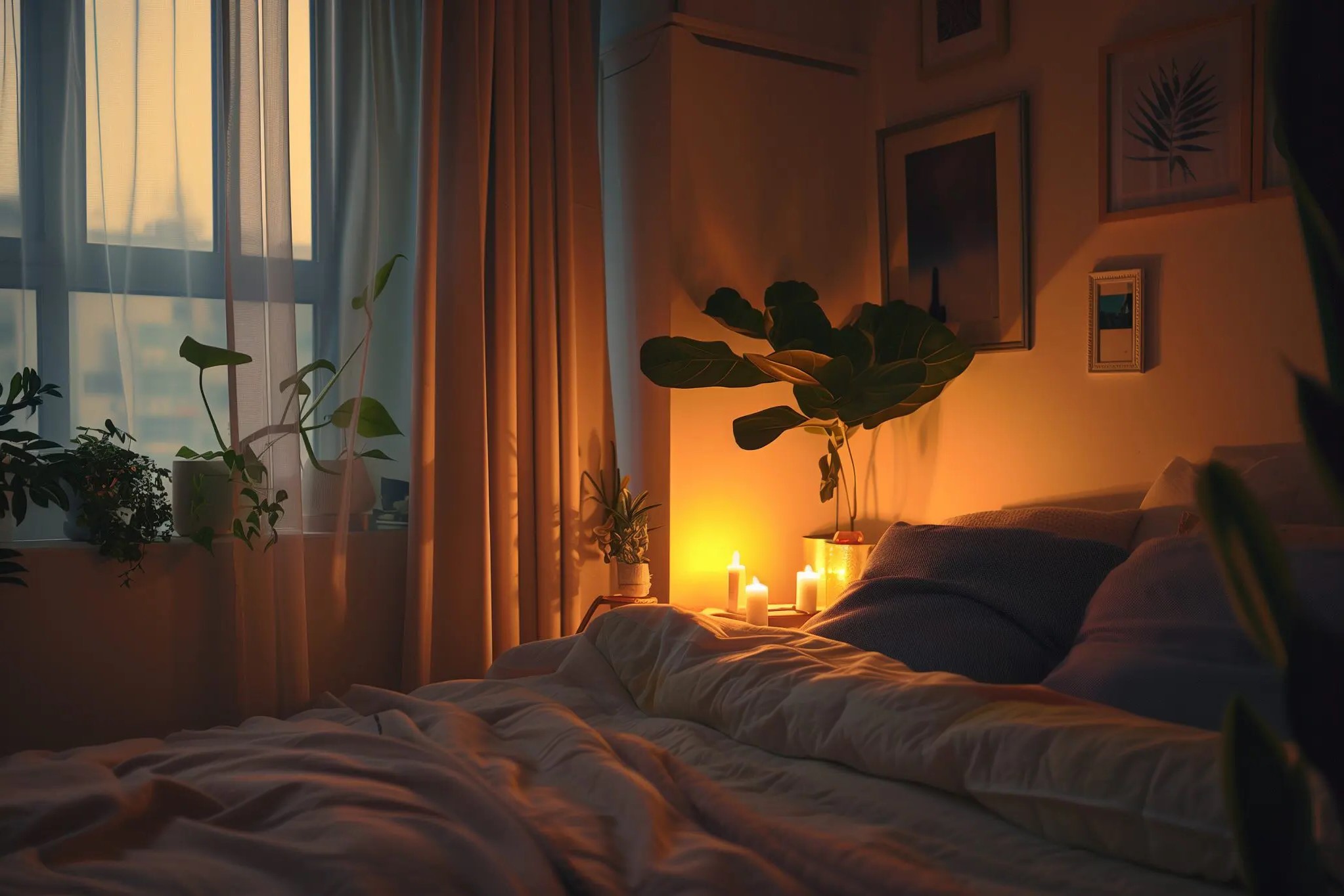



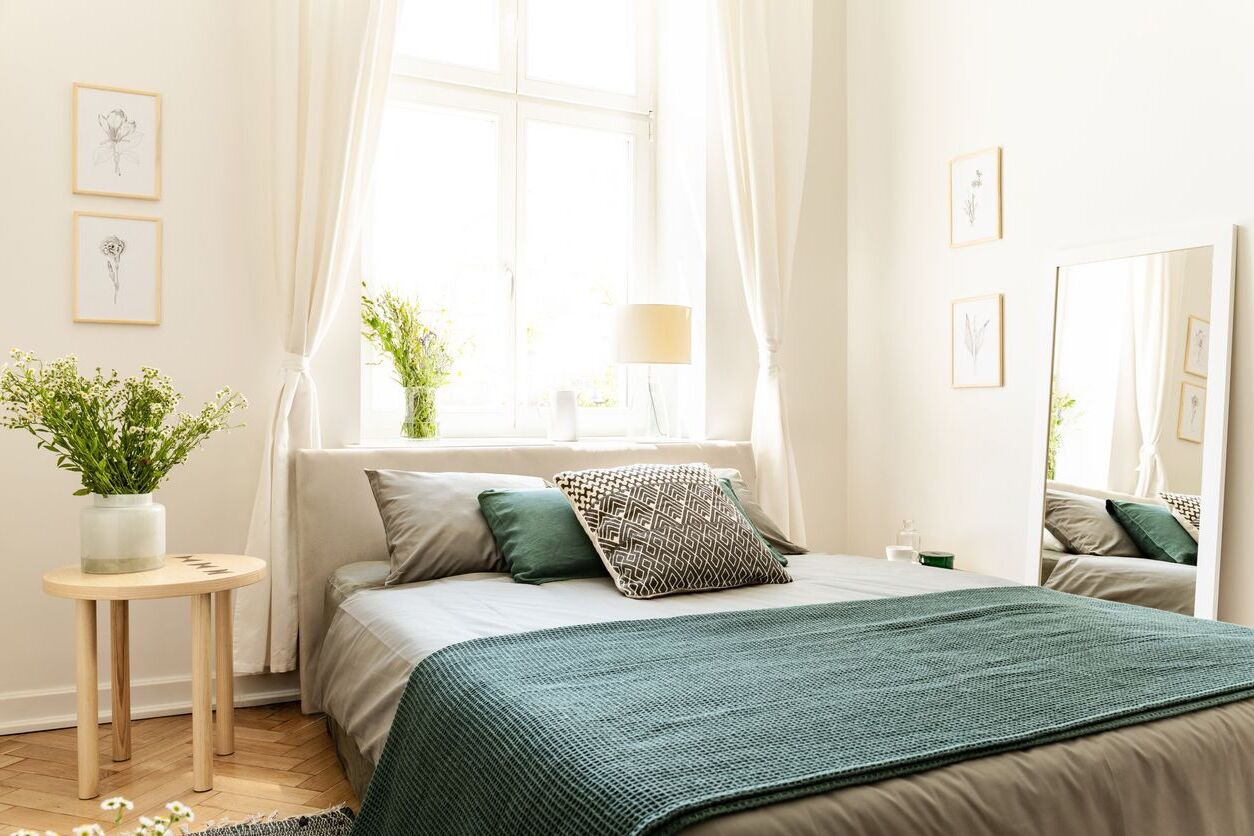




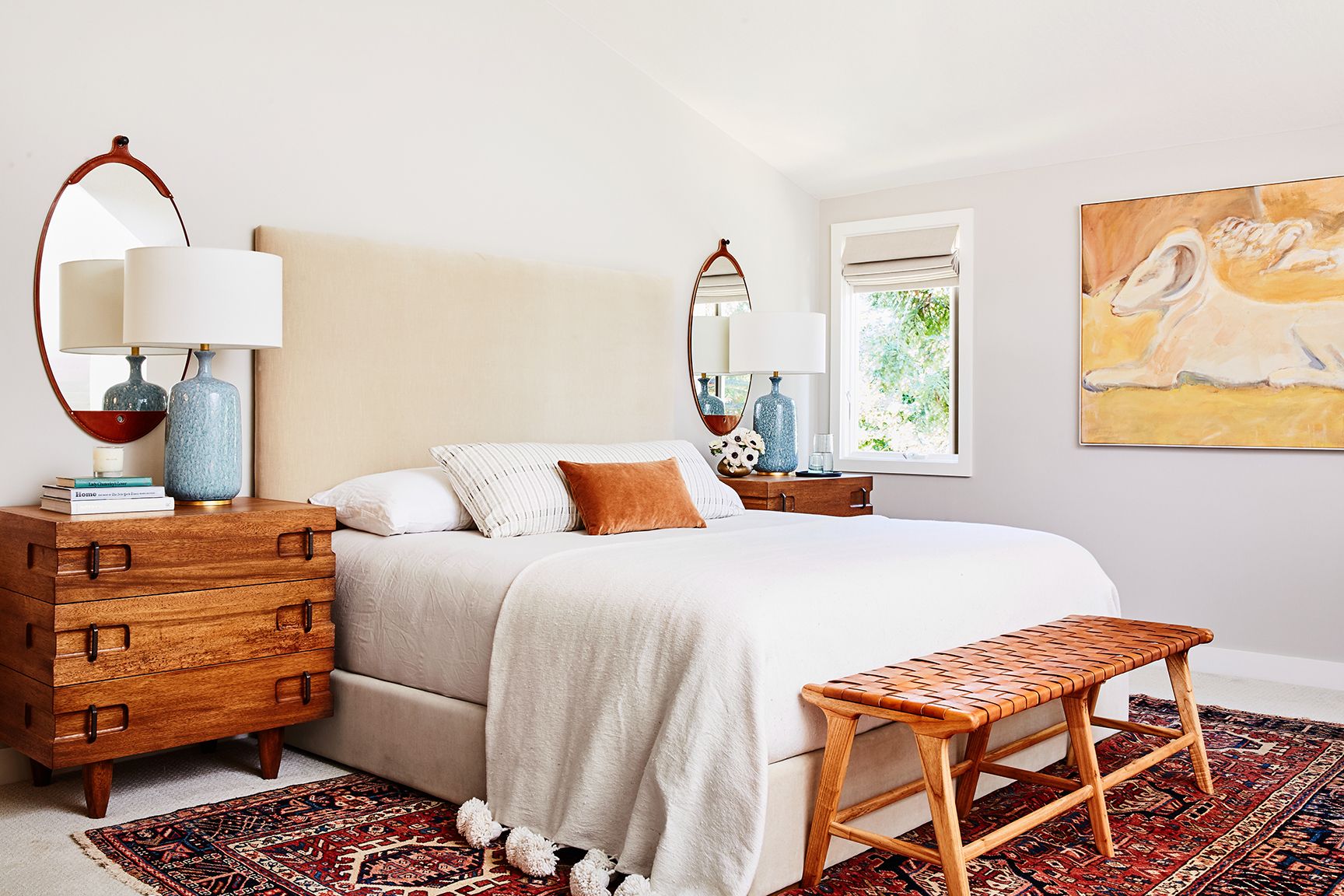
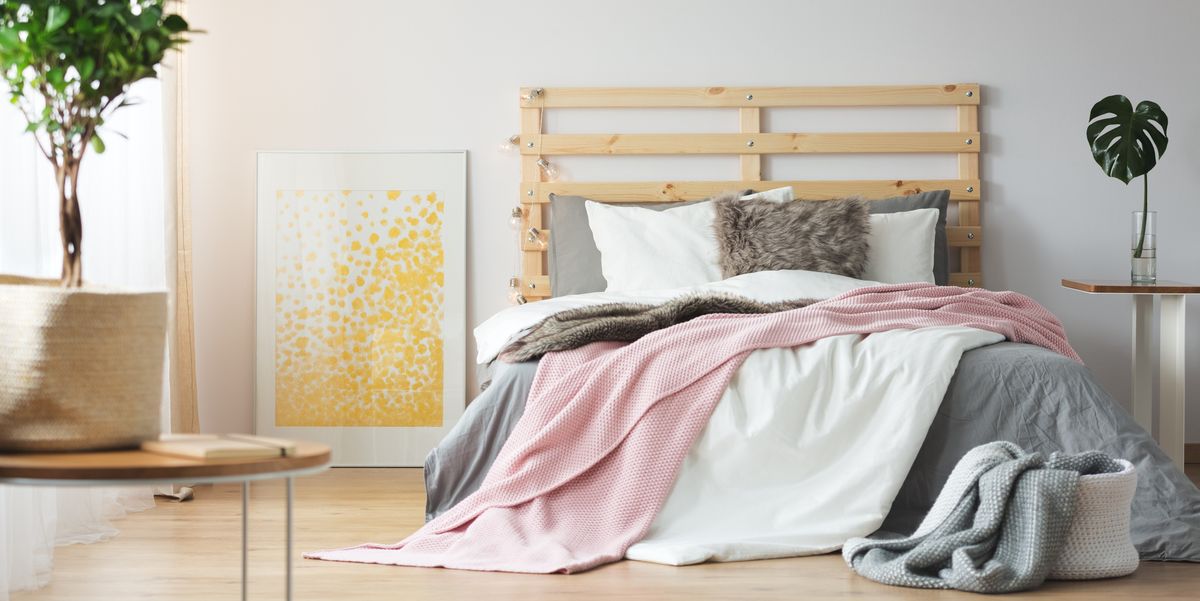

0 thoughts on “Why Your Beautiful Bedroom Curtains Are Ruining Your Sleep – Say Experts”